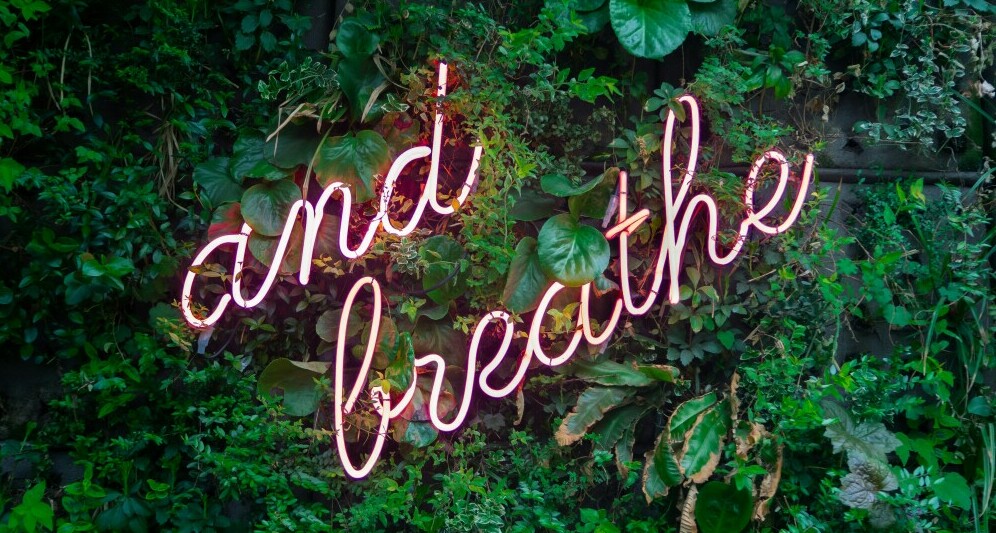
I think it’s important to start with a clear understanding of what we’re up against when we talk about anxiety. Anxiety isn’t just feeling nervous before a big presentation; it’s a persistent, often uncontrollable sense of worry that can seriously affect daily life. Symptoms might include restlessness, a rapid heartbeat, difficulty concentrating, and sleep problems.
This is where mindfulness comes in. At its core, mindfulness is about being present and fully engaged in the moment, without judgment. Rather than getting caught up in anxious thoughts about the future or regrets about the past, mindfulness roots you in the here and now.
The effectiveness of mindfulness in reducing anxiety isn’t just anecdotal. Research backs it up, showing that mindfulness can alter our brain’s stress response, making us more resilient to the pressures that trigger anxiety.
I’ve personally spoken to people who’ve found real solace in mindfulness practices. One individual shared how mindfulness techniques helped them recognize their anxiety triggers and deal with them in healthier ways. This kind you’re about to read has had a similar impact on many.
So, with this foundation of understanding, let’s explore these transformative mindfulness techniques that you can apply to dial down the volume on anxiety and bring a sense of calm to your life.
Mindfulness Techniques to Reduce Anxiety
Anxiety can grip us at unexpected times. What can you do when your heart races and your mind whirls? Mindfulness. Here are reliable techniques that make a difference.
Deep breathing stands as a cornerstone of calming the anxious mind. When you focus on your breath, you’re telling your body, ‘Everything’s okay.’ Picture your breath as a gentle wave, smoothing the sand of your turbulent thoughts. Slow, deep breaths can help reset your nervous system.
If you’re new to this, mindful meditation might seem daunting. Don’t worry; it’s simpler than it sounds. Find a quiet spot, set aside five minutes, and just be. That’s right, just sit with your thoughts, observe them without judgment, and gently guide your focus back to your breath when it wanders.
A body scan is another technique that works wonders. From the tips of your toes to the top of your head, pay attention to each body part. Tense muscles? Let that tightness go. It’s a practical method to detect stress and release it systematically.
Can’t find time? No problem. Mindfulness can fit into your daily life. Brushing your teeth? Do it mindfully. Eating? Savor each bite. These mini-moments of awareness can add up to big anxiety relief over time.
Lastly, a gratitude practice isn’t just feel-good fluff. By acknowledging the good in your life, you might find anxious thoughts have less room to roam. At night, reflect on three things you’re grateful for. It’s a simple habit with the power to shift your mental landscape.
Making Mindfulness a Sustainable Practice for Anxiety Relief

Incorporating mindfulness into your life isn’t a quick fix; it’s a gradual process of change that requires patience and commitment. Consistency is the backbone of a mindfulness practice that effectively reduces anxiety over time.
To ensure your practice becomes a staple in your life, weave mindfulness into activities you do every day. This could mean a few minutes of focused breathing when you wake up or mindful moments as you drink your morning coffee. It’s about finding spaces in your existing routine rather than creating an extra task for yourself.
Support resources are invaluable. Applications on smartphones offer guided sessions, and online groups provide a sense of community. You’re not alone on this journey. Engaging with others can bolster your resolve and offer fresh perspectives on practicing mindfulness.
Measuring your progress is also key. Keep a journal of how you feel before and after your mindfulness exercises. Over time, these notes can show you the tangible benefits you’re gaining, encouraging you to continue.
Lastly, be adaptable. If a particular method isn’t resonating with you, try another. There’s no one-size-fits-all approach to mindfulness, and what works for someone else may not work for you. Modify these practices to suit your personal needs and circumstances. And remember, it’s about progress, not perfection. Keep taking steps forward, no matter how small they may appear.
